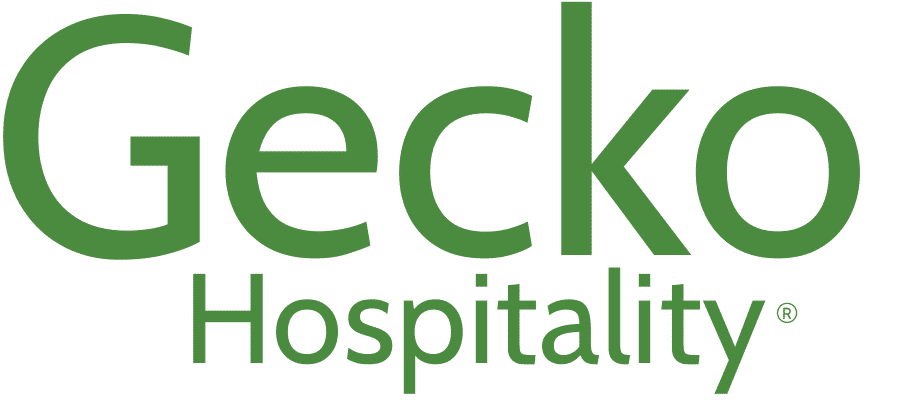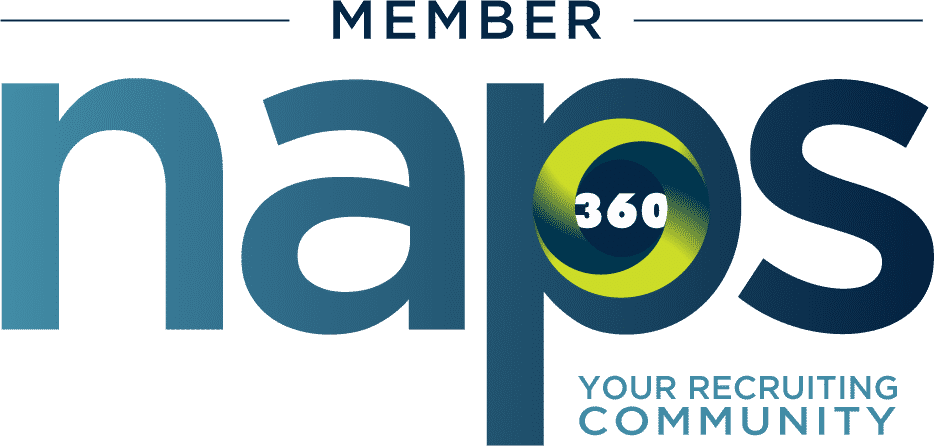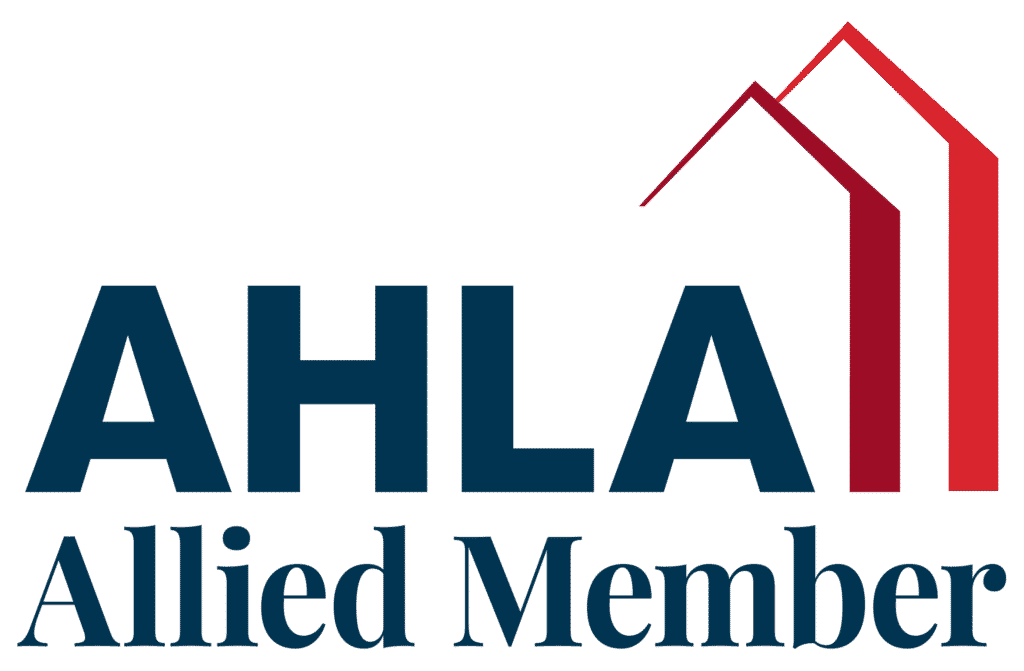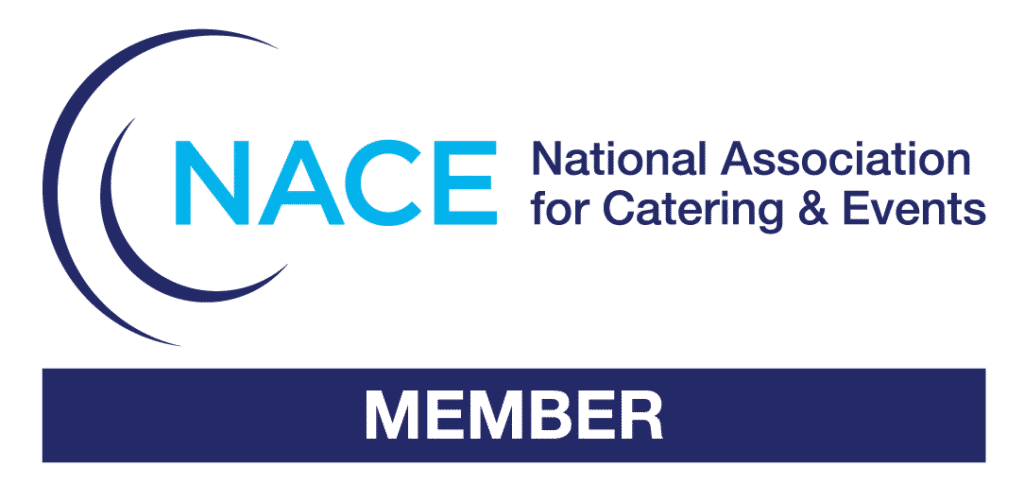In recent times, the US hotel industry has experienced significant changes. Understanding these changes and trends is crucial for hotel leaders to make informed decisions. Let’s take a more in-depth look at the current state of the US hotel industry.
Consumer Spending and Travel Trends
During the pandemic, consumers accumulated excess savings, with $770 billion remaining. People have started spending these savings, which can boost the economy and the hotel industry. Americans have also begun traveling again, with travel to Europe and the Caribbean exceeding 2019 levels in June. These trends suggest that there is a pent-up demand for travel, which can benefit hotels.
Wages and Employment
Wage growth in the US outpaced inflation for the first time in two years in June, growing by 4.4%. This means people are earning more compared to the cost of goods and services, which could potentially increase their disposable income for things like travel and hotel stays.
The US continues to see modest gains in total employment, with unemployment rates not suggesting an imminent recession. In particular, employment in the leisure and hospitality sector has improved by 5.1% year-over-year. Wage growth in this sector has also been higher than retail and the national average. Job openings in the US and specifically in the hotel industry suggest further wage increases ahead, which could attract more people to work in this industry.
Hotel Performance and Pricing
Chain-affiliated hotels have been outperforming independent hotels. However, margins across all hotel segments declined in May. The price per key (a measure of the value of a hotel) for full-service hotels dropped in the second quarter, while it rose for limited-service hotels.
Interestingly, demand from Brand.com, a direct booking channel, has increased compared to other booking channels. However, overall hotel demand growth declined in June, while short-term rental demand rose. This suggests that some customers may be shifting towards short-term rentals.
Economic Outlook
The combined GDP forecasts for 2023/2024 are relatively stable, but the outlook is muted until 2025. The Federal Funds Target Rate, which influences interest rates, is not expected to be cut until 2024. This means that borrowing costs for businesses, including hotels, might remain high for some time.
Inflation and RevPAR
Inflation has been easing for twelve consecutive months, but it’s expected to remain elevated through 2024. RevPAR (Revenue per available room), a critical measure of hotel performance, has slowed due to declining occupancy. The gap between real and nominal RevPAR has been widening, which could affect hotel profitability.
Search Trends and Office Attendance
Search trends for hotels continue to improve, although the growth has decelerated. Weak office attendance and strong profit growth may benefit offsite meetings. This suggests that hotels might want to consider increasing their offerings for corporate meetings and events.
Short-Term Rentals and Deal Flow
Since the pandemic, short-term rentals have gained market share by 5.3 percentage points. Their RevPAR gains come from increases in rate and stand-alone units. The deal flow in the hotel industry continues to moderate, but some deals are still getting done.
In conclusion, the US hotel industry is navigating through a period of change and uncertainty. However, understanding these trends and adapting accordingly can position hotel leaders for success. Keep an eye on consumer behavior, wage and employment trends, hotel performance metrics, economic indicators, and emerging competitors like short-term rentals to stay ahead.






